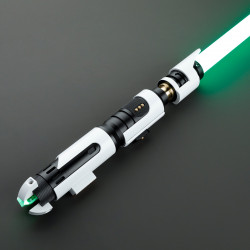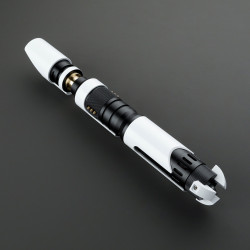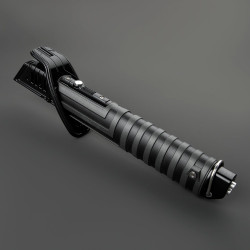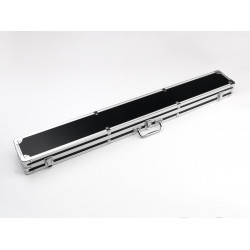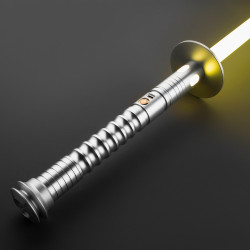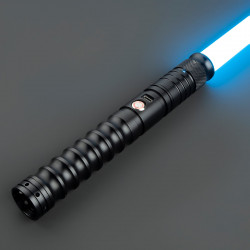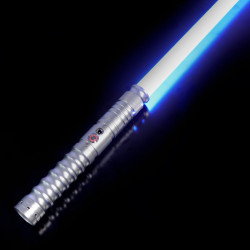
How Long is a Parsec In Comparison to a Lightyear in Space Travel
What is a parsec? In Star Wars, the unit of distance that is frequently used while discussing space travel is the parsec. Approximately 30 trillion kilometers are equivalent to one parsec. If you want to convert parsecs to lightyears, one parsec is equivalent to 3.26 lightyears.
The farthest distance light may travel in a year is known as a lightyear. According to the Gregorian calendar, a lightyear is approximately 9.461 trillion kilometer's. A year consists of 365.2425 days.
Because of its frequent usage in Star Wars, some people might believe that a parsec is a wholly fictional unit of measurement, yet astronomers in real life use it to measure distance. Because it is easier to calculate and because parsecs are more closely tied to the methods astronomers employ to determine the size of the universe, astronomers use them more frequently than lightyears.
The real-world measurement is equivalent to a parsec in the Star Wars universe.
Parsec vs Lightyear Travel: Which One Do You Use?
The problem with using lightyears as a standard is that they are not always standard because the length of a year determines how long a lightyear travels.
A year was 368 days long in Star Wars' Galactic Standard Calendar. The duration of a light year in the Star Wars universe would be altered because a year on Earth has 365 days. Furthermore, galactic days were shorter than their equivalents on Earth.
Therefore, a parsec is more accurate, even if a lightyear is more intuitive, because most people are aware that it is the distance that light can travel in a year.
Moreover, starship navigators employ a method based on parsecs rather than lightyears to ascertain the location of star systems worldwide.
A Common Confusion Comparing Parsec to Lightyear
One popular misconception regarding parsecs is that they measure time rather than distance. This most likely results from Han Solo's boast over the Millennium Falcon during his initial encounter with Obi-Wan Kenobi and Luke Skywalker in Episode IV. The Millennium Falcon is "the ship that made the Kessel Run in less than 12 parsecs," according to Han's boasts.
An illicit narcotic called glitter stim spice is transported from the planet Kessel via the Kessel Run, a smuggler's passage across hyperspace.
Han seems to be discussing speed in his well-known phrase, "Kessel Run in 12 Parsecs." As if the Millennium Falcon was travelling through hyperspace at a considerably faster speed than any other smuggler, making the same journey in less time, even though the path he took via the Kessel Run was the same. However, any interpretation of Han's boast would be illogical because a parsec is a unit of distance.
The Kessel Run is eighteen parsecs long. In actuality, Han was able to take a shortcut, reducing the overall trip from 18 to less than 12 parsecs because of this.
The Kessel Run in 12 Parsecs
How can this be? Some people believe that Han didn't know what a parsec was, but considering how skilled a pilot he was and how usual it was in the Star Wars world to discuss distances in space in parsecs, this isn't possible.
The secret lies in how hyperspace travel operates. Ships cannot travel in straight lines through hyperspace since doing so puts them in danger of colliding with planets, asteroids, stars, suns, black holes, and other astronomical objects. Ships use their navigation systems to avoid these different factors when they are moving through hyperspace.
Han shortened the Kessel Run by using the Millennium Falcon's sophisticated hyperspace navigational systems to complete it in 12 parsecs. Han boasted that the Millennium Falcon's navigation algorithms enabled it to take more daring routes, allowing it to move through hyperspace more quickly and over shorter distances. Han would have probably had to go closer to The Maw, a perilous collection of black holes while traversing the Kessel Run.
The Millennium Falcon was not just quicker than most spacecraft in the conventional sense, but it also had a more sophisticated navigation system. This would reduce the length and distance of journeys across hyperspace and enable it to approach black holes without being dragged in.
Therefore, despite Han's somewhat deceptive statement, parsecs have always been used to measure distance rather than speed.
